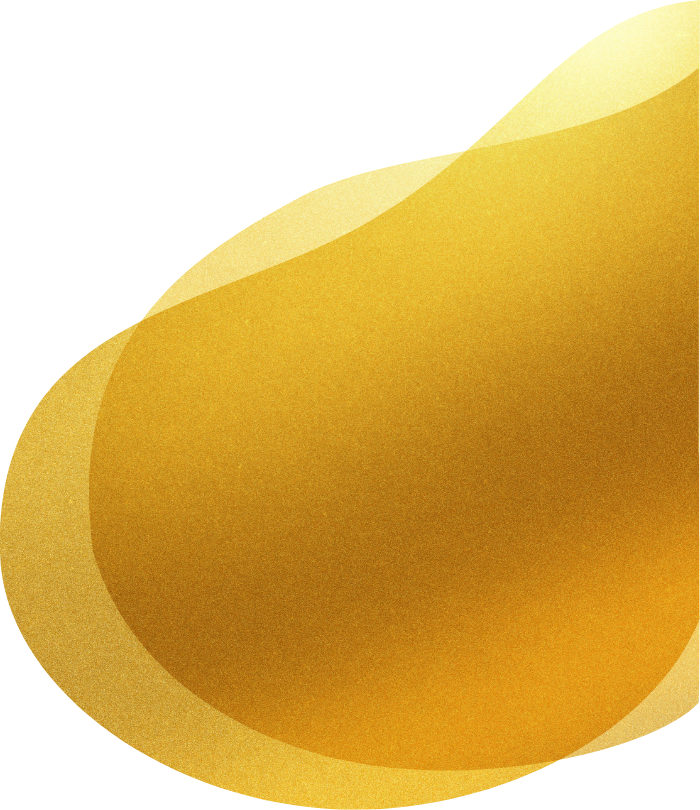Q&A



How to Select Liquid Gold for Each Material
・Our Liquid Gold products are manufactured to be suitable for each material.
Ceramic-related
| Type | Feature | Points to Note | Firing Temperature |
|---|---|---|---|
| Earthenware / Semi-porcelain | The body has a low firing temperature, so it is soft and absorbent. | Because the painting firing temperature is low, please select Liquid Gold suitable for low-temperature firing. | Around 700℃ |
| Porcelain | Standard general body containing stone powder, making it hard and low absorbent | Please select standard Liquid Gold. | Around 800℃ |
| Bone China | Contains bone ash and calcium phosphate, providing high strength and translucency. Forming and firing are difficult, and quality control is strict, so it is recognized as fine tableware. | Because the glaze is soft and may move during firing, using standard Liquid Gold may cause cracks. Therefore, select Bone China-specific Liquid Gold. | Around 800℃ |
| Fine China | The body is similar in properties to Porcelain, but somewhat softer than Porcelain. | Like Bone China, the glaze is soft, but the range of movement during firing is smaller than that of Bone China, so both Porcelain and Bone China Liquid Gold can be used. | Around 800℃ |
| Alumina Porcelain | It is a type of Porcelain with added alumina to increase its strength. | Gold decoration is generally uncommon, so it is not widely distributed. Due to its properties, Liquid Gold tends to come off easily. | Around 800℃ |
Glass-Related
・Our Liquid Gold is generally suitable for Soda Glass, which is the most common type.
| Type | Feature | Points to Note | Firing Temperature |
|---|---|---|---|
| Soda Glass | It is called Soda Glass because it contains silica, sodium carbonate, and calcium oxide, including sodium carbonate. | Depending on the ratios of the materials, color development may be affected. | Around 580℃ |
| Crystal Glass | It is glass containing lead oxide, often used for high-end products. There are also lead-free variants, such as Potassium Crystal, which mainly contains potassium, and Barium Crystal, which mainly contains barium. | The back side where Liquid Gold is applied may sometimes turn red. | Around 550℃ |
| Borosilicate Glass | It is glass containing boron, which is highly heat- and impact-resistant, and is often used for heat-resistant glassware and beakers. | Being characteristically hard, the body may have poor adhesion. | Around 580℃ |
| Milky Glass | By kneading certain powders into Soda Glass, the body becomes white, and it is often used for lighting fixtures and miscellaneous goods. | It is more compatible with Ceramic Liquid Gold than with Liquid Gold for glass, so please use Ceramic Liquid Gold. | Around 580℃ |
| Opal Glass | By mixing phosphorus compounds into Soda Glass, it becomes semi-transparent and can appear iridescent depending on the angle or lighting. Like Milky Glass, it is often used for lighting fixtures and miscellaneous goods. | It is more compatible with Ceramic Liquid Gold than with Liquid Gold for glass, so please use Ceramic Liquid Gold. | Around 580℃ |
Oils for Mixing Overglaze Paint and Gold Powder
・There are two types of oils for mixing overglaze paint and gold powder: water-based and oil-based. Please choose according to your usage.
Water-Based
| Product Number | Product Name | Usage |
|---|---|---|
| E-77S-44 | Mixing Oil | Use to mix overglaze paint and store it. |
| E-77S-261 | Painting Oil | Use to dilute the mixed paint for brushwork. |
| W-780-5 | Water-Based Medium | Used in the same way as Painting Oil. |
Oil-Based
| Product Number | Product Name | Usage |
|---|---|---|
| E-86-56 | Balsam | Mix with paint and use directly for brushwork. |
| E-84R-3 | Balsam/Medium | High viscosity / viscosity adjustable. When mixing with gold powder, add 5% of Flakkis to the weight of the gold powder and use it as an adhesive |
| - | Super MX Oil | Similar viscosity and feel to foreign-made mixing oils. |
About Thinners
・When using Liquid Gold or Luster after dilution, please select a thinner according to the purpose of use.
| Product Number | Product Name | Purpose of Use |
|---|---|---|
| K-31 | Fast-Drying Thinner | To dry especially fast |
| - | TOKOL | To dry fast / Can also be used for brush cleaning and removing stains from the ceramic body |
| E-1578K | TOKOL | To dry fast / Can also be used for brush cleaning and removing stains from the ceramic body |
| K-140 | Thinner | To dry a little faster / Used for Liquid Gold for microwave use |
| K-114 | Thinner | Standard drying speed / Low odor / Most common |
| K-117 | Thinner | For Aqua and Citrus series / Low odor |
| K-110 | Thinner | Previously a standard type but not often used now |
| K-107 | Thinner | Do not want to dry too fast |
| K-108 | Thinner | To significantly slow drying |
